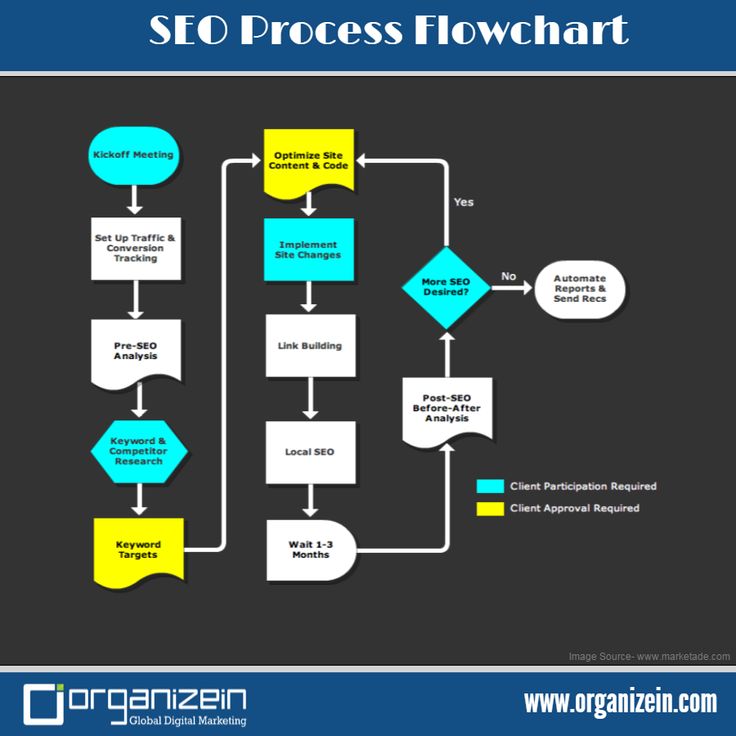
In the ever-evolving world of search engine optimization (SEO), staying ahead of the curve is essential. One of the most powerful tools in an SEO professional’s arsenal is running experiments. These controlled tests allow you to uncover what truly works for your audience, refine your strategies, and ultimately boost your site’s visibility and performance. However, conducting SEO experiments isn’t without risk—especially on high-traffic websites. This article will guide you through a safe, structured approach to running SEO experiments that minimize risks while maximizing insights.
What Is SEO Experimentation and Why It Matters
SEO experimentation is the process of making small, controlled changes to your website and measuring their impact on key metrics like traffic, engagement, and conversions. It’s a scientific approach to SEO that moves beyond generic best practices and allows you to tailor your strategy based on real data.
Why does this matter? Search engines like Google are constantly updating their algorithms, and what worked yesterday may not work today. By experimenting, you can adapt quickly and stay ahead of these changes. Plus, every website has unique characteristics, so relying solely on general advice can lead to suboptimal results.
For example, a change in meta descriptions might increase click-through rates (CTR) for one site but have no effect on another. Only by testing can you determine what works for your specific audience and content.
How SEO Experiments Impact SEO Performance

SEO experiments can influence several critical aspects of your site’s performance:
- Traffic: Changes to titles, headers, or content can directly affect how many users find your site through organic search.
- Engagement: Improving user experience (UX) or page load speed can reduce bounce rates and increase dwell time.
- Conversions: Optimizing landing pages or CTAs can lead to higher conversion rates.
These factors are all interconnected and contribute to your overall SEO health. For instance, a well-optimized page with strong UX can improve both CTR and conversion rates, which in turn signals to search engines that your content is valuable.
Additionally, SEO experiments help you align with E-E-A-T (Experience, Expertise, Authoritativeness, Trustworthiness), a key factor in Google’s ranking algorithm. By testing elements like content quality, backlink strategies, and user engagement, you can build a stronger foundation for long-term success.
Step-by-Step Implementation Framework
1. Define Clear Hypotheses and Goals
Start by forming a hypothesis based on data or observations. For example: “Changing the title tag of our top-performing blog post from ‘How to Build a Website’ to ‘How to Build a Website in 2025’ will increase its CTR by 15%.”
Use SMART goals (Specific, Measurable, Achievable, Relevant, Time-bound) to ensure your experiments are focused and trackable.
Example:
– Goal: Increase CTR by 10% on the top 5 blog posts within 4 weeks.
– Hypothesis: Revising meta descriptions to include more value-driven language will lead to higher click-throughs.
2. Choose the Right Experiment Type

There are three main types of SEO experiments:
- A/B Testing: Split traffic between two versions of a page to see which performs better. Ideal for testing headlines, CTAs, or layouts.
- Multivariate Testing: Test multiple variations of different elements on the same page. Useful for optimizing complex landing pages.
- Staged Rollouts: Gradually implement changes to a subset of pages or users. Great for minimizing risk when testing major updates.
Select the type that aligns with your goal and resources. For beginners, A/B testing is often the easiest to start with.
3. Use the Right Tools
Several tools can help you run and monitor SEO experiments effectively:
- Google Analytics: Track traffic, bounce rate, and conversion data.
- Google Search Console: Monitor indexing, crawl errors, and search performance.
- WordPress Plugins: Thrive Optimize, Nelio A/B Testing, and OptinMonster offer built-in A/B testing capabilities.
- Third-party tools: Tools like Hotjar or Crazy Egg can provide heatmaps and user behavior insights.
Make sure your chosen tools integrate smoothly with your website and provide accurate, actionable data.
4. Implement the Experiment Carefully
Before launching your experiment, double-check all settings, including:
- Page URLs
- Meta tags
- Redirects
- Internal links
Ensure that the changes you’re testing won’t negatively impact user experience or site speed. For example, if you’re changing a page’s layout, make sure it remains mobile-friendly and loads quickly.
Also, set up a rollback plan in case something goes wrong. You should be able to revert to the original version quickly without causing further disruption.
5. Monitor and Collect Data

Once your experiment is live, monitor key metrics over a defined period. A typical experiment should run for at least 2 weeks, though longer periods may be necessary for sites with lower traffic.
Track the following:
- Organic Traffic: Use Google Analytics to measure changes in traffic volume.
- Click-Through Rate (CTR): Check Search Console to see how your new meta tags or titles perform.
- Bounce Rate: Indicates whether users are engaging with your content.
- Conversion Rates: If the experiment involves a landing page, track how many users complete the desired action.
Use dashboards or spreadsheets to log your findings and compare them against your baseline data.
6. Analyze Results and Iterate
After collecting sufficient data, analyze the results to determine whether your hypothesis was validated.
Look for statistical significance using tools like p-values or confidence intervals. If the results are promising, consider scaling the change across more pages or audiences.
If the results aren’t as expected, don’t be discouraged. Even failed experiments provide valuable insights. Ask yourself:
- Was the sample size large enough?
- Were there external factors influencing the results?
- Could the hypothesis be refined?
Use these insights to iterate and test new variations.
Real-World Case Study
Let’s look at a hypothetical example of an e-commerce site that wanted to improve its product page performance.
Objective: Increase average order value (AOV) by 10% in 6 weeks.
Experiment: The team tested two variations of the product page:
– Version A: Standard layout with a single CTA button.
– Version B: Enhanced layout with a “Recommended Accessories” section and a secondary CTA.
Results:
– Version B increased AOV by 12%.
– Bounce rate dropped by 8%.
– Conversion rate improved by 9%.
Outcome: The team rolled out Version B to all product pages and continued testing other elements, such as pricing display and trust badges.
This case study highlights the power of data-driven experimentation in driving measurable improvements.
Tools and Techniques for SEO Experiments
Here are some of the most effective tools and techniques for running safe and insightful SEO experiments:
- Google Analytics: Essential for tracking traffic, engagement, and conversion data.
- Google Search Console: Helps monitor search performance and identify technical issues.
- Hotjar: Provides user behavior insights via heatmaps and session recordings.
- Ahrefs / Moz: Useful for analyzing backlinks, keyword rankings, and competitor strategies.
- Nelio A/B Testing: A powerful WordPress plugin for easy A/B testing.
- Lighthouse: A tool for auditing page speed and performance.
By combining these tools, you can gain a comprehensive view of your site’s performance and make informed decisions.
Future Trends and AI Implications
As AI continues to shape the SEO landscape, the role of experimentation becomes even more critical. With tools like Google’s SGE (Search Generative Experience) and voice search gaining traction, the way users interact with search results is evolving.
AI-powered SEO tools can now predict trends, suggest content optimizations, and even automate parts of the testing process. However, human oversight remains essential to ensure that experiments align with your brand’s goals and values.
To stay ahead, focus on:
- Personalization: Tailoring content to user intent and behavior.
- Voice Search Optimization: Creating conversational content that matches natural speech patterns.
- Multimodal Search: Preparing for image and video-based searches.
By embracing these trends, you can future-proof your SEO strategy and continue delivering value to your audience.
Key Takeaways
- Run controlled experiments to test hypotheses and gather data-driven insights.
- Define clear goals and choose the right experiment type for your needs.
- Monitor metrics like traffic, CTR, and conversion rates to evaluate success.
- Analyze results and use them to refine your strategies.
- Embrace failure as a learning opportunity and keep iterating.
- Stay ahead of trends by adapting to AI and multimodal search.
By following this structured approach, you can safely and effectively run SEO experiments that drive real results.
Meta Title: How to Run SEO Experiments Safely: A Step-by-Step Guide
Meta Description: Learn how to run safe and effective SEO experiments with this step-by-step guide, including tools, examples, and best practices.
SEO Tags: #SEOExperiments #A/BTesting #SEOOptimization #DataDrivenDecisions #SEOStrategies
Internal Link Suggestions:
– Parameter #12: A/B Testing in SEO
– Parameter #7: Content Optimization Strategies
– Parameter #18: User Experience and SEO
External Source Suggestions:
– Google Analytics
– Google Search Console
– SEMrush Blog







